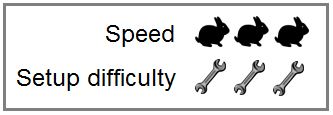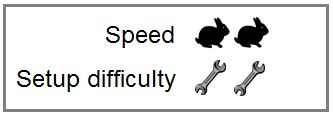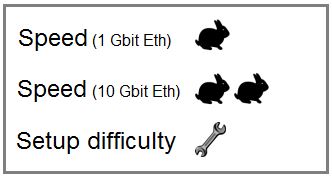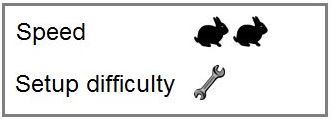If you are implementing Veeam Backup & Replication you will sooner or later (and it will be sooner…) have to take a closer look at the different available transport modes.
Here you can find my “lessons learned” about this topic in an outline of the main points (these tables are continually adapted):
Direct Storage Access = SAN Mode

Pros:
fastest backup/fastest Full VM restore -> first choice for large environments
most reliable and predictable backup performance
zero impact on vSphere hosts
zero impact on your production network as backup traffic remains in the SAN fabric
Cons:
SAN restore only supports thick disks!
a danger of re-signature of your VMFS LUNs (operating error caused by an Admin!)
more administrative effort to keep MPIO software, firmware, and drivers on proxies and hosts up2date
requires a physical server
maybe difficult to configure (think about FC Zoning)
cannot be used for incremental restore!
Prerequisites:
install Veeam Proxy role on a physical server with direct FC or iSCSI access to your SAN
Hot Add (Virtual Appliance)

Pros:
fast in small and medium environments
no physical HW necessary
first choice for smaller environments or if SAN mode is not available
good choice for 1Gbit Ethernet configurations as proxy performs a source-side data deduplication + compression
Cons:
consumes resources on your vSphere cluster (it’s a VM…)
may cause “consolidation needed” issues and/or leave hidden snapshots (orphaned snapshots)
may cause a stun to “sensitive” VMs like SQL Database servers when performing configuration changes
hot remove may cause an extended stun in NFS environments
can be slow in large clusters due to necessary configuration changes in the virtual machine (consider required time for hot-add operations)
if VMs reside on local datastores you need one proxy per ESXi host -> otherwise NBD
Prerequisites:
install Veeam Proxy role on a VM in the same cluster/on the same host as the VMs you are backing up
Note:
install at least one proxy per cluster
more proxies will enhance multi-processing of virtual machines/VM disks (= the more proxies the better the performance)
add an extra SCSI controller to allow for more VM disks processing in parallel and increase Veeam proxy default setting (default = 4)
NBD (Network)

Pros:
no physical HW necessary
no additional configuration necessary (will always work)
good choice if 10Gb or better Ethernet connection is available
good choice for a workload with low change rates
good choice for NFS-based storage systems as it reduces VM stunning
if “Automatic selection” for transport mode is selected and all other modes fail, Veeam always uses NBD at least
Cons:
backup traffic affects the ESXi management interface as it transports VM data through the VMkernel interface
typically limited to using up to 40% of the bandwidth available on the corresponding VMkernel interfaces
vSphere will throttle backup traffic via ESXi management interface
Direct NFS
introduced with Veeam Backup & Replication 9
Pros:
recommended mode for VMs whose disks are located on NFS datastores
an alternative to NDB mode
Cons:
backup proxy must have access to the NFS datastores where the VM disks reside
cannot be used for VMs that have at least one open snapshot!
You think something is missing or wrong?
Just drop me an email, leave a comment or write me a DM on Twitter (@lessi001) and I will add/correct it!
